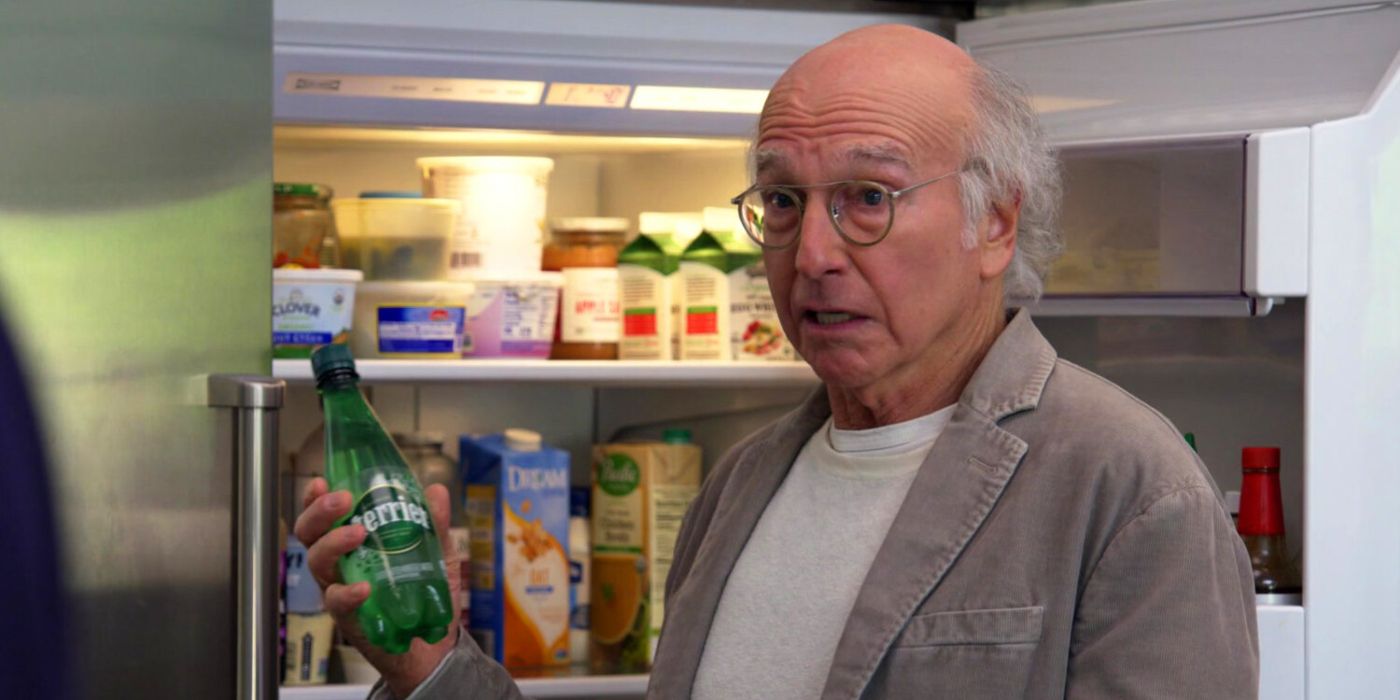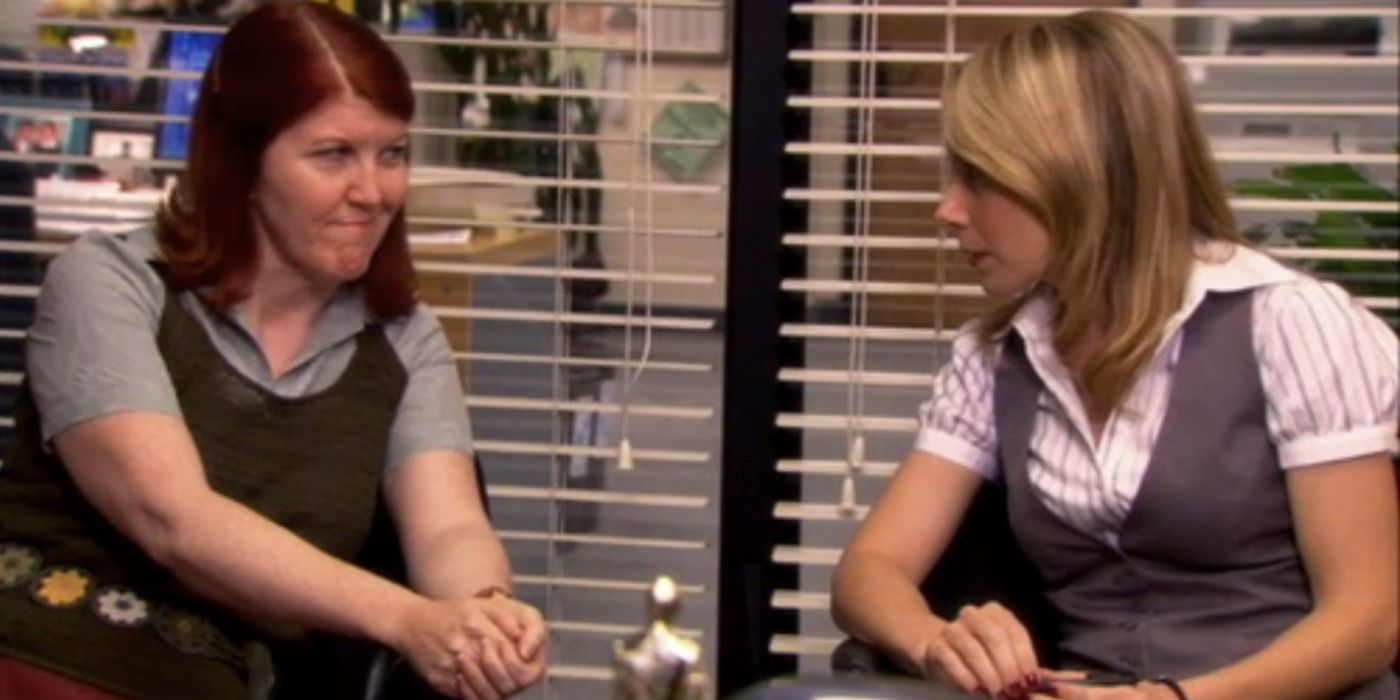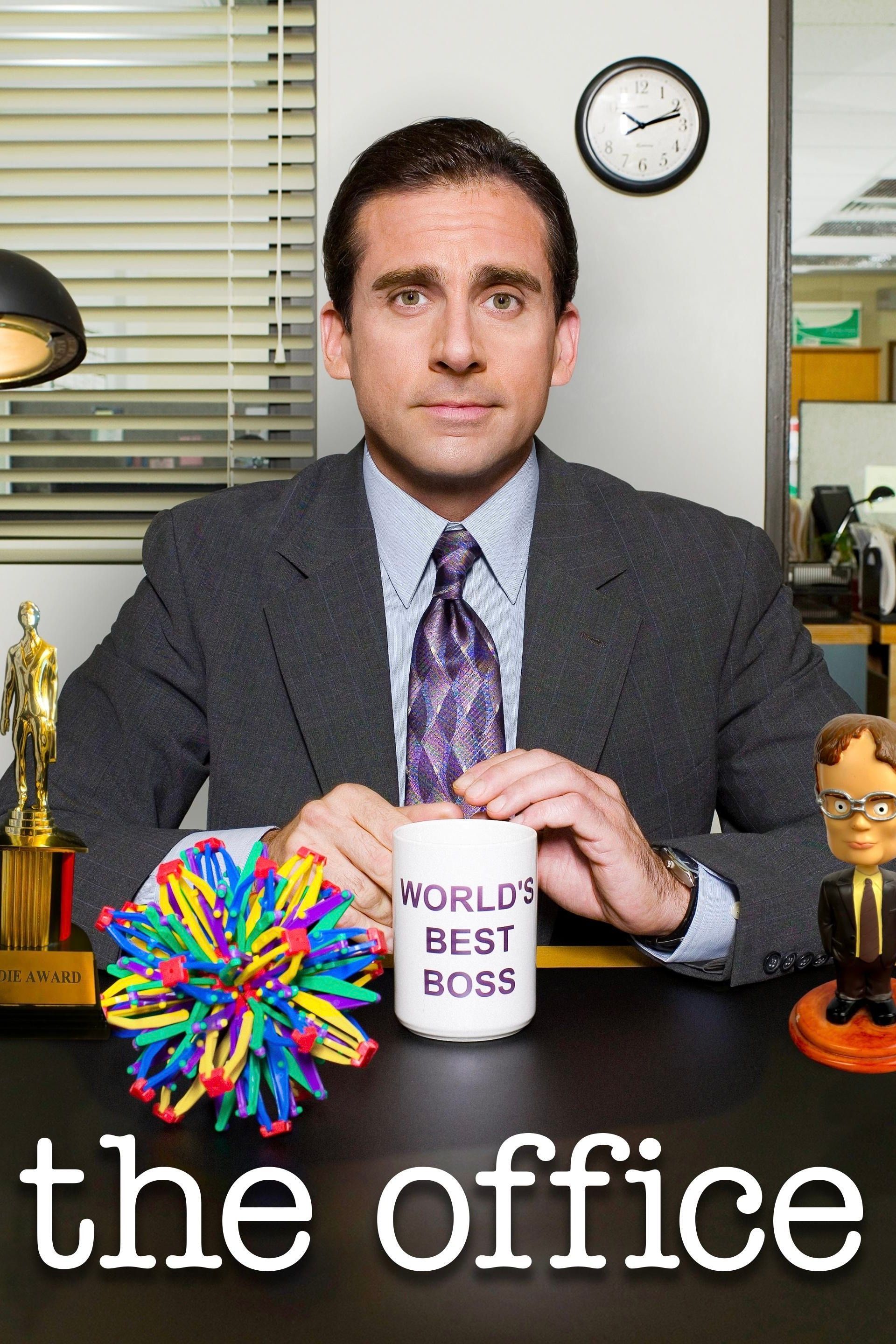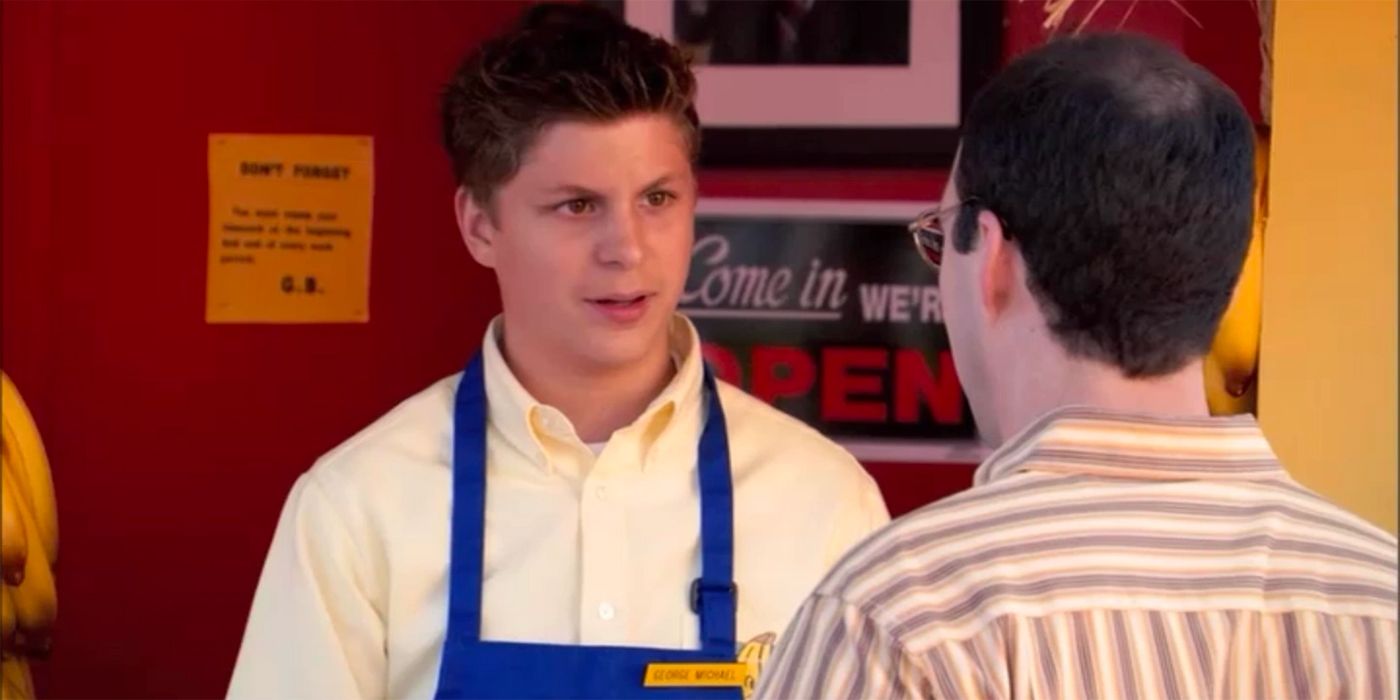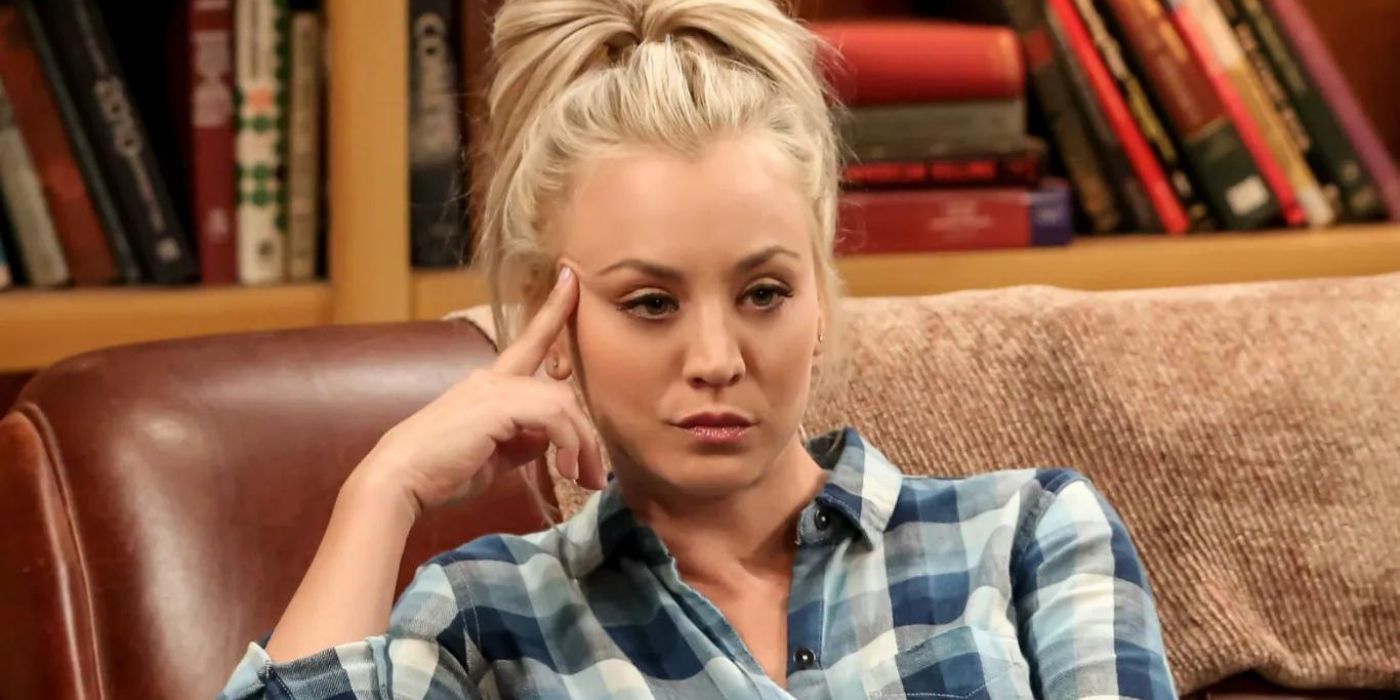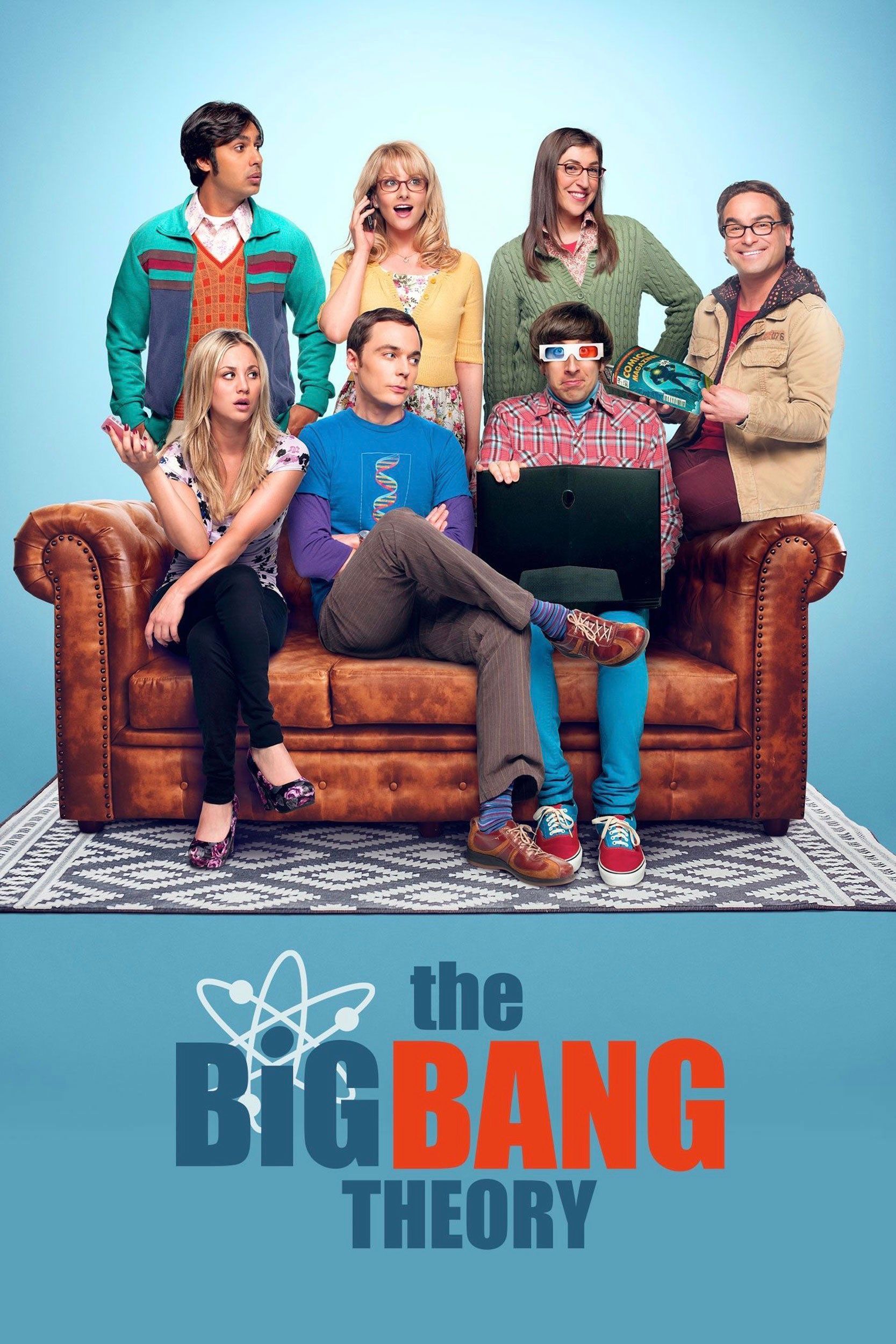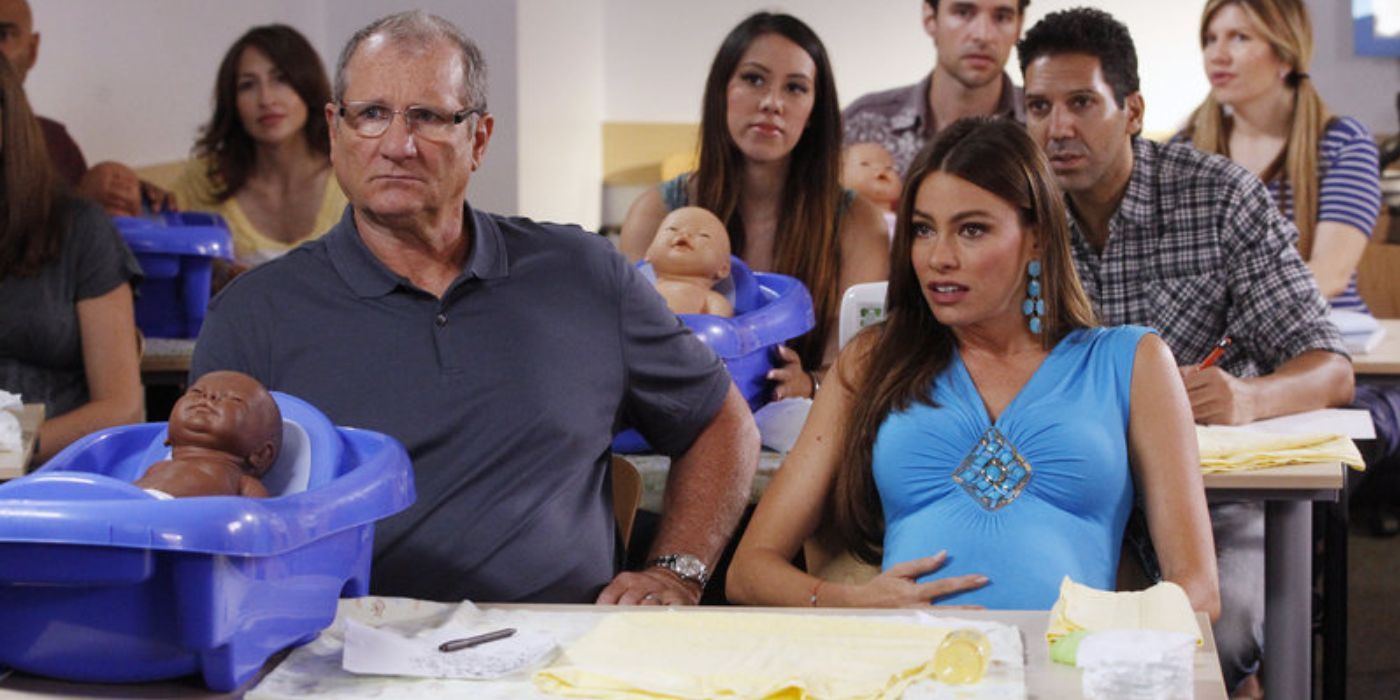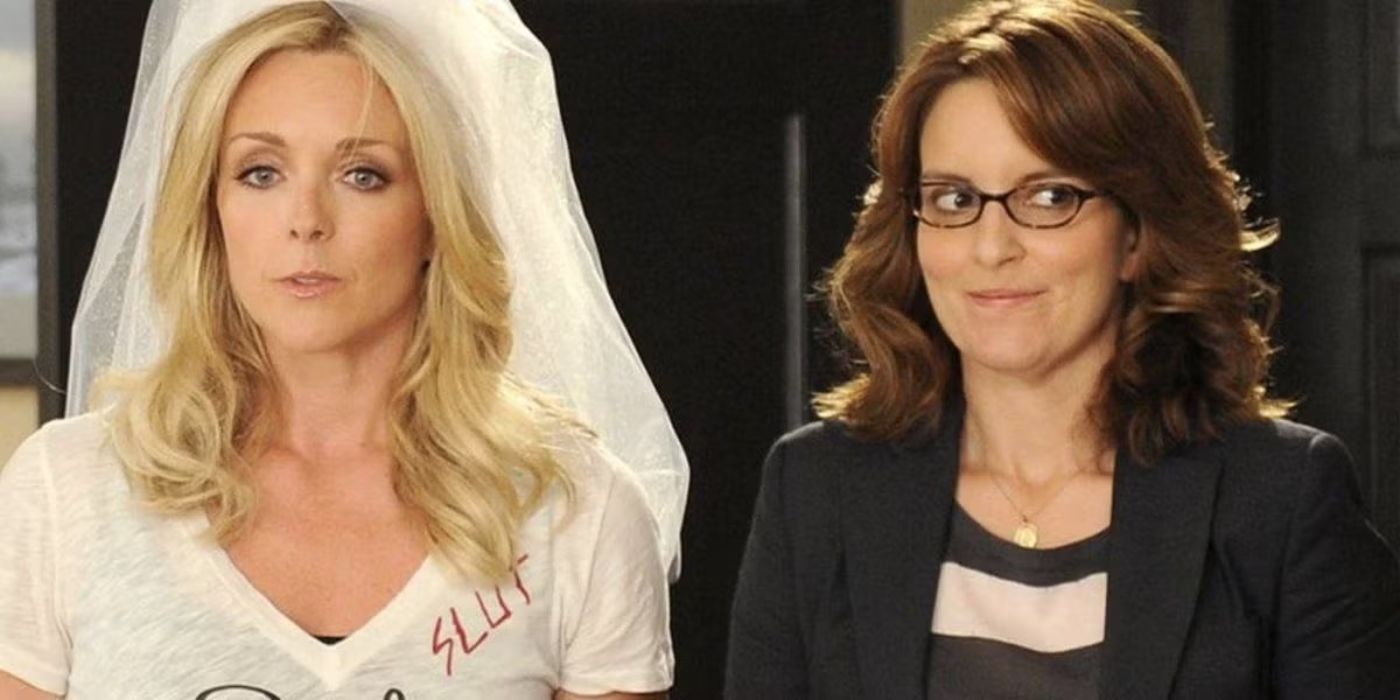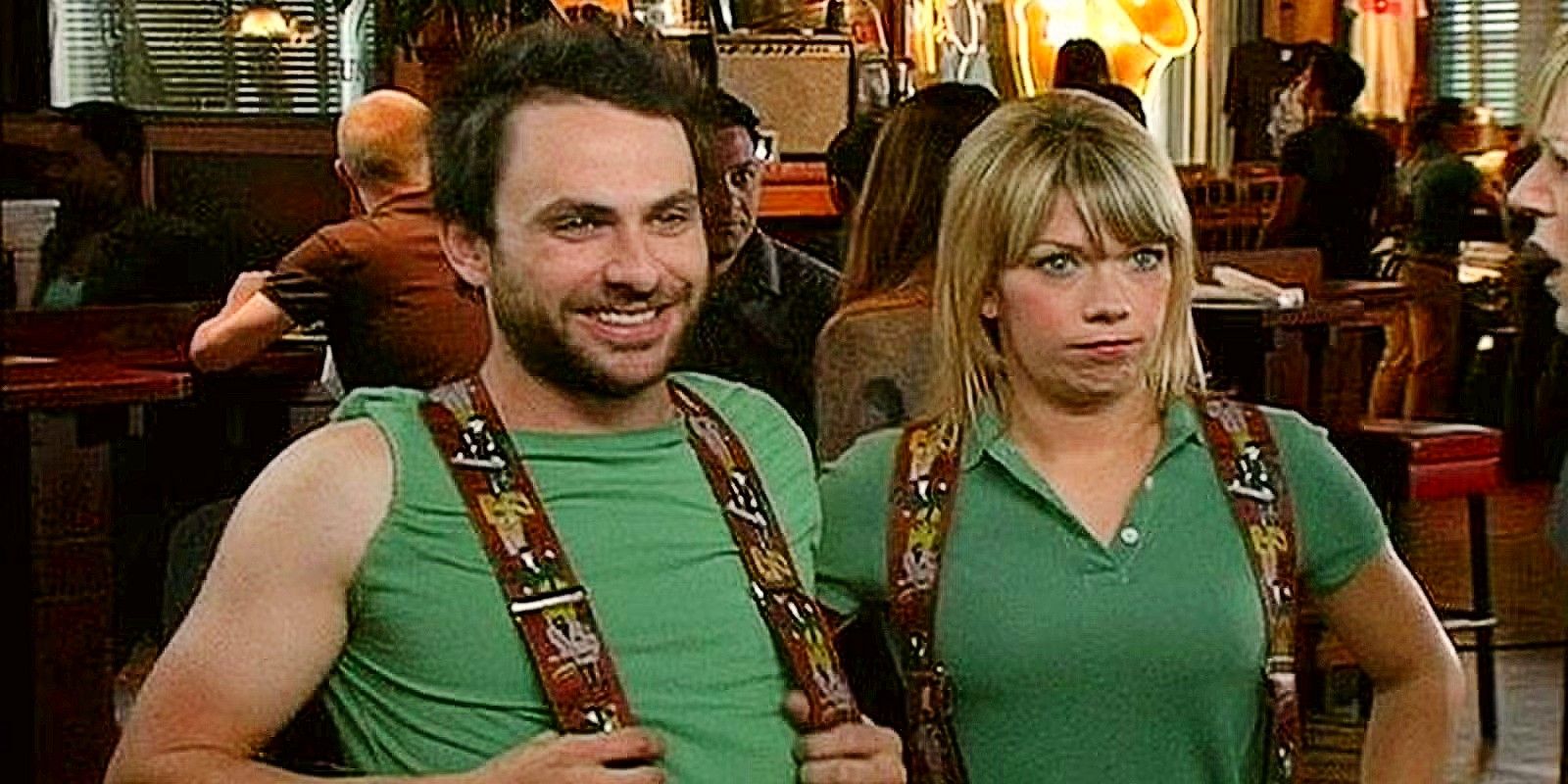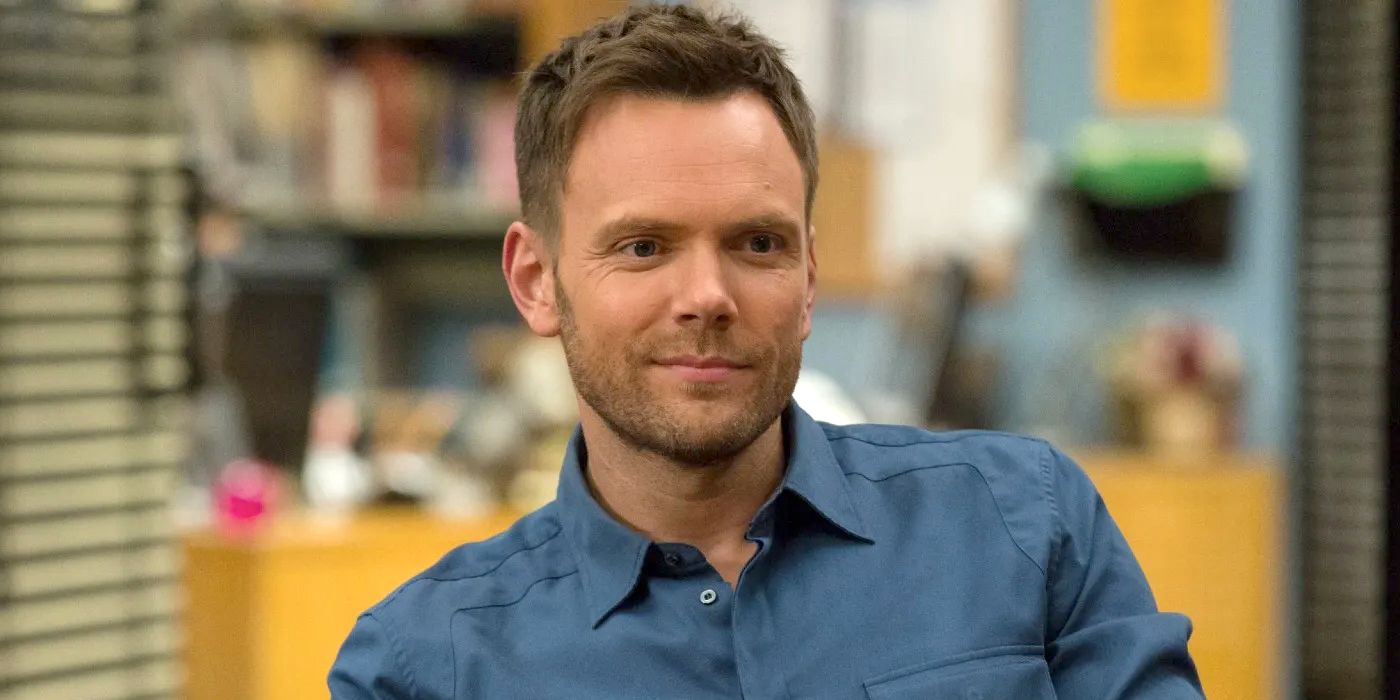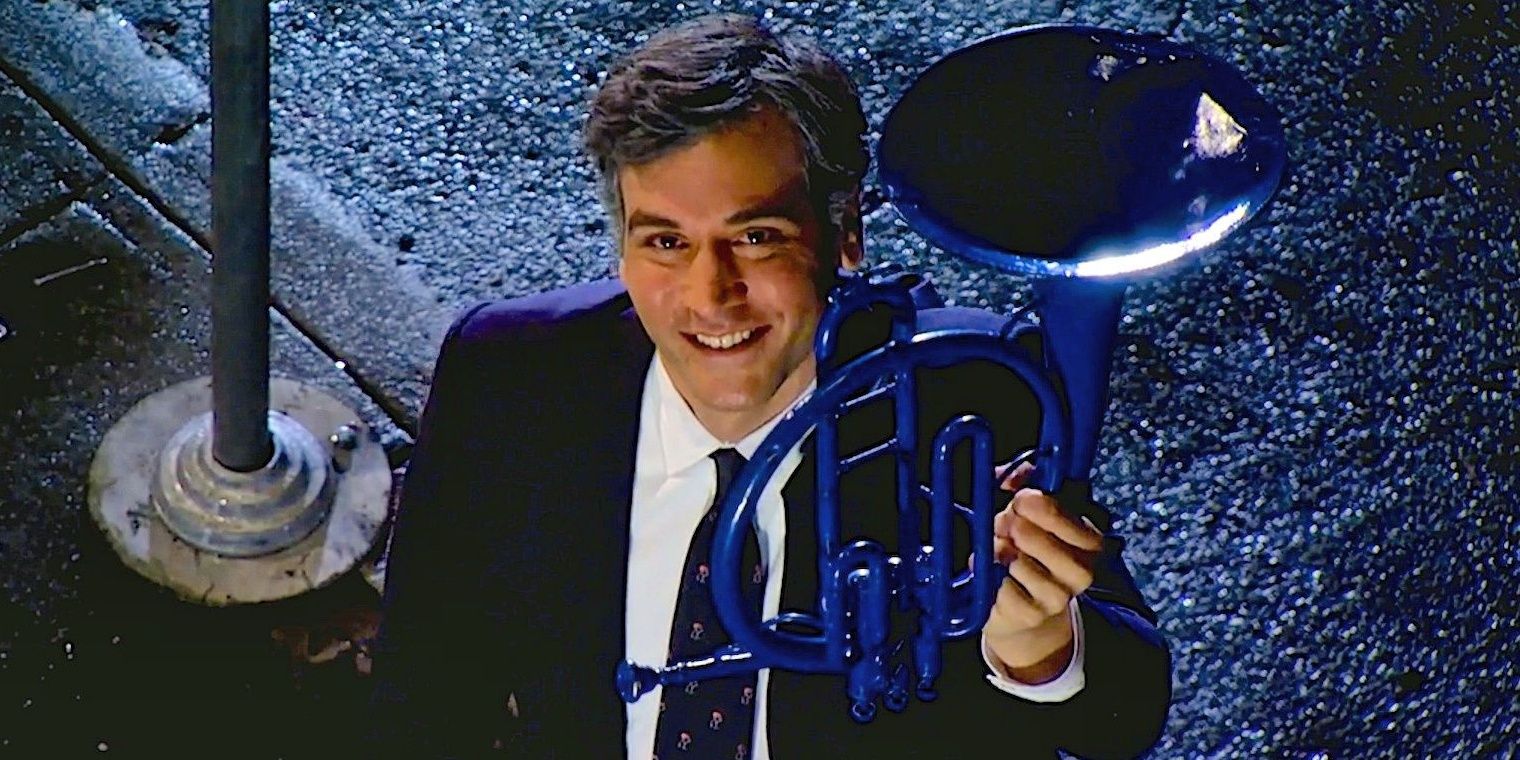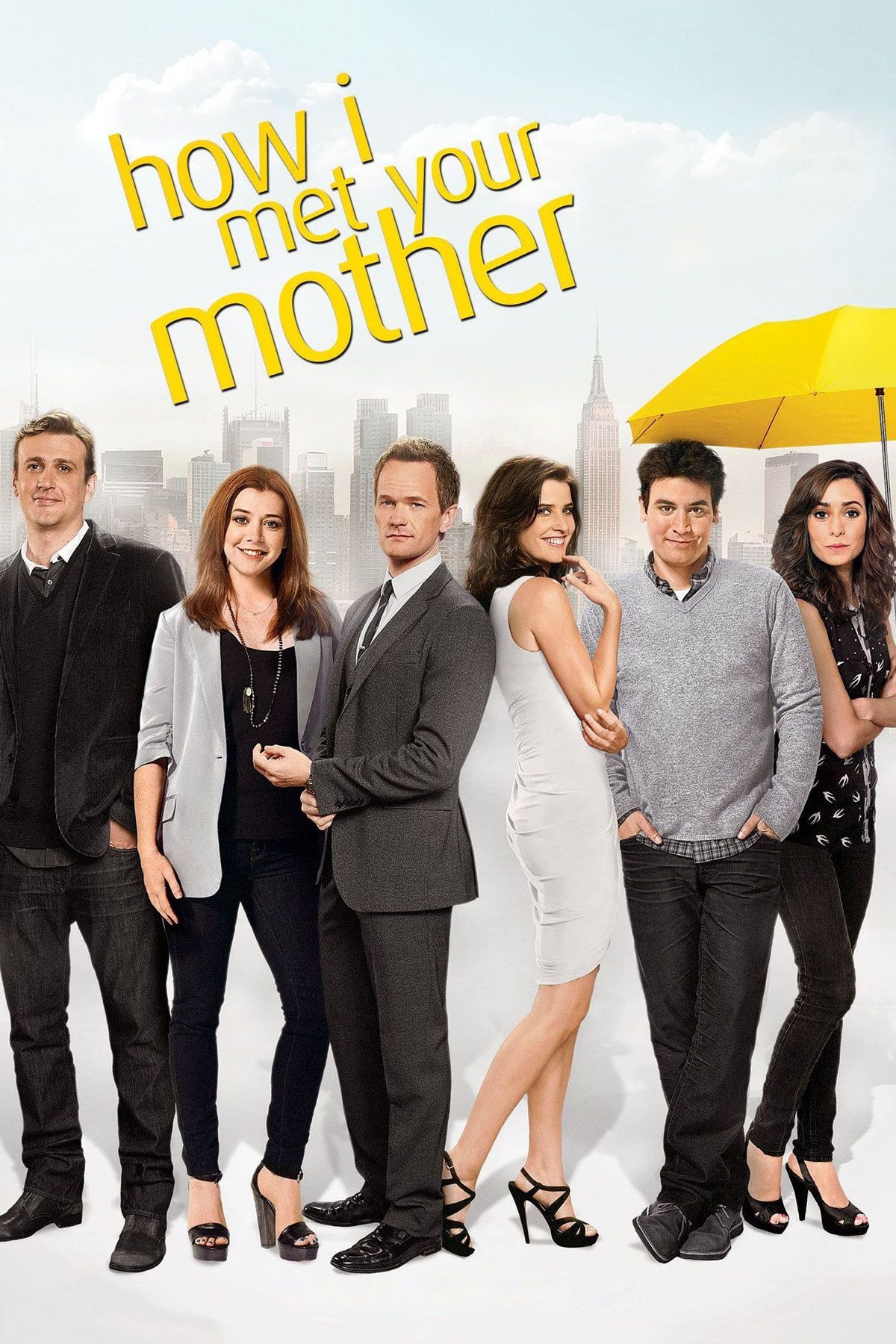
There are many advantages to the sitcom structure. They have funny jokes, as well as characters that fans can get attached to as you follow their journeys. There is relationship development, and oftentimes this includes slowburn ships. The plot is less defined and linear than with dramas, so that not every plotline matters to the show’s overall story arc, and it usually goes back to the status quo after each episode.
Because sitcoms are less rigid about plotlines and continuity than drama shows, this can sometimes lead to major plot holes, continuity errors, or retcons in later seasons. Even the very best sitcoms are not exempt from this phenomenon, especially if they’ve been going on for many seasons. While this hardly ruins these shows, it is more noticeable looking back with each rewatch. These are 10 major flaws in 2000s sitcoms that are more noticeable now.
10
Lack of Explanation for the Mockumentary Format
‘Parks and Recreation’ (2009-2015)
Parks and Recreation did not have many flaws. It was a funny and heartwarming show that chronicled the lives and antics of Leslie Knope (Amy Poehler) and her employees and coworkers at the Parks and Recreation Department in Pawnee, Indiana. The show was a lot of fun, and the whole thing was done in a mockumentary format, with a combination of traditional scenes and talking heads.
Parks and Rec‘s biggest flaw was never explaining the reasons for its mockumentary format. Other shows with the same structure, like The Office, Abbott Elementary, and What We Do in the Shadows have found ways to explain why the cameras were there. Some of these have even included the camera crew in the central plotline in funny and innovative ways. Parks and Rec never explained this, which made the mockumentary aspects push the realm of believability.
9
Abandoned Plotlines
‘Curb Your Enthusiasm’ (2000-2024)
Curb Your Enthusiasm was sharply funny and self-aware, with some truly phenomenal episodes. Larry was always getting angry over the most random and meaningless little things, leading to some hilarious moments. Each season of Curb Your Enthusiasm focused on an overarching season-long plotline, while each individual episode saw Larry worked up over a different offense.
Due to its structure, Curb Your Enthusiasm usually started over with a new major plotline each season, so it wasn’t particularly dedicated to maintaining continuity. One of the primary examples of this was how Larry’s restaurant just vanished from the show’s plot after Season 3. Even though Larry spent an entire season working on this restaurant, it hasn’t since been mentioned. This is part of Curb Your Enthusiasm‘s charm, but it was still a little jarring.

- Release Date
-
October 15, 2000
- Creator
-
- Seasons
-
12
- Studio
-
8
A Lack of Continuity
‘The Office’ (2005-2013)
The Office always made a point of emphasizing what each of the characters’ jobs were. Although they all worked together at Dunder Mifflin, the company had several departments within it, each of which had its own drama and quirks. These jobs in turn played a role in the characters’ individual plotlines, as well as in their interactions with each other. There was a lack of continuity with one character’s job, though.
Meredith’s job throughout the series was in Supplier Relations, and it was one of the central facts of that character. That wasn’t always her job, though. In Season 1, it was mentioned that Meredith was an accountant, but that never came up for the rest of the series. The Office didn’t show Meredith switching jobs, or ever mention her previous job. Instead, there was a lack of continuity with Meredith’s job.
7
Logistics That Don’t Make Sense
‘Arrested Development’ (2003-2019)
Arrested Development had extremely clever humor, a lot of which came from the show playing with words and language. One of the show’s most popular phrases came from the show’s pilot: “There’s always money in the banana stand.” For a long time, the Bluths believed that this was their father’s way of honoring the banana stand with a delusional belief that they were actually making money from it.
In a hilarious twist, though, it was revealed only after the banana stand burned down, that there was actually $250,000 hidden inside. There was a new piece of lore introduced in Season 3 that conflicted with this story, though. It was revealed that it was a tradition to dump the stand in the bay and replace it every year, which didn’t make sense when compared to the story of George Sr. hiding the money inside.
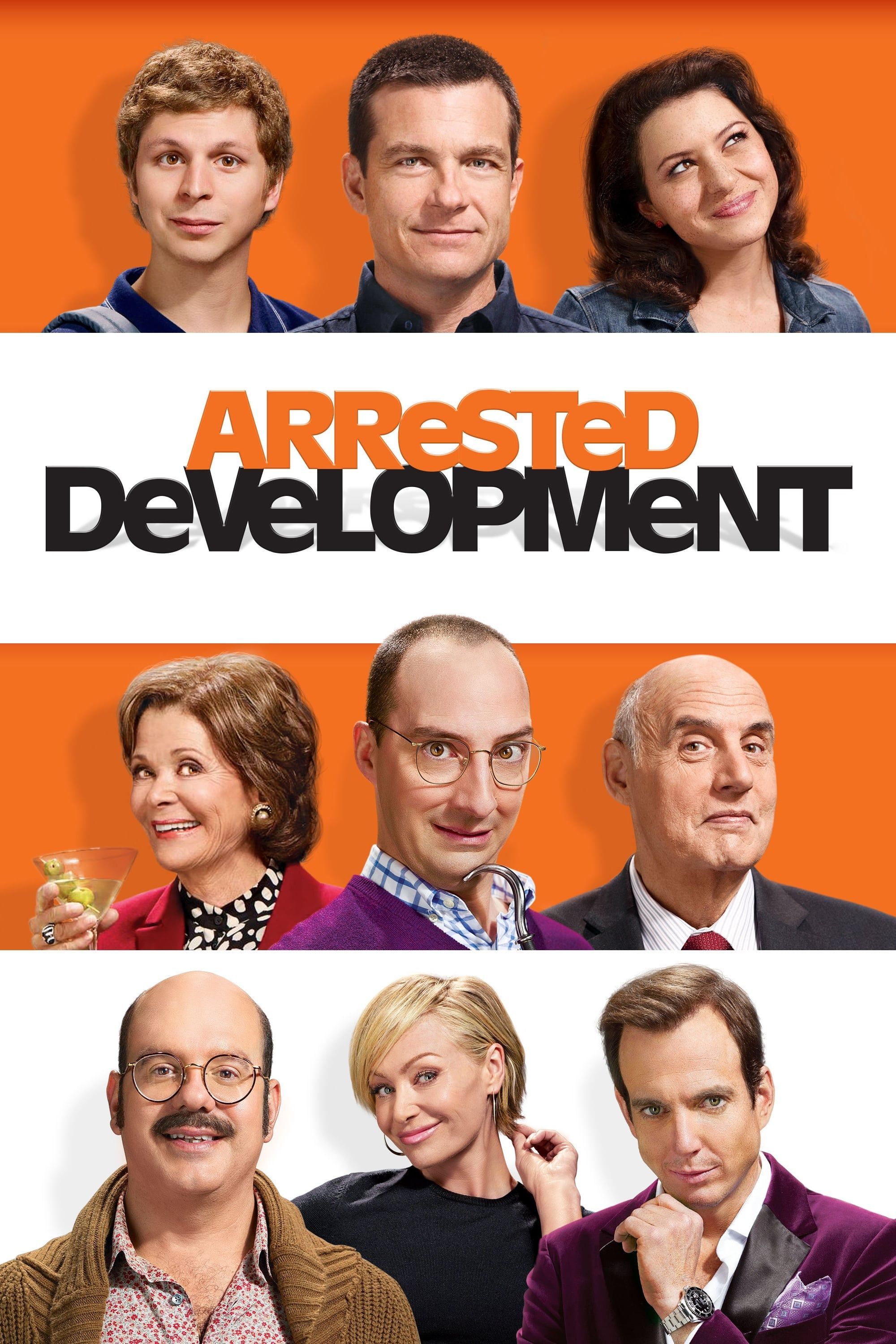
- Release Date
-
March 15, 2019
- Rating
-
- Seasons
-
5
- Studio
-
6
Failure To Give a Last Name to a Main Character
‘The Big Bang Theory’ (2007-2019)
The Big Bang Theory was regularly mentioning the main characters’ last names, particularly because many of them had doctorates. There was one glaring exception to this, throughout The Big Bang Theory‘s full run. Even though Penny (Kaley Cuoco) was a main character since the show’s pilot, the series never gave her a last name, except for Leonard’s after they got married.
It was an intentional decision by the show, but it never made any sense. Penny should have had a last name, and it felt like a gap in getting to know this character and her family, when the show never assigned them last names. Sometimes, a sitcom will hide a character’s first or last name until the end of the show, like New Girl did with Schmidt. The Big Bang Theory wasted the opportunity for a big reveal, though, and never gave Penny a last name.
5
Different Versions of the Same Story
‘Modern Family’ (2009-2020)
Modern Family was a hilarious and heartfelt show that followed one big family, as well as the three individual families within it. One of the central couples in the show was Jay Pritchett (Ed O’Neill) and Gloria Delgado-Pritchett (Sofía Vergara). Jay and Gloria were together since before the start of the series, and they were a really great and funny couple. There were conflicting stories about how the two met, though.
The generally accepted origin story for Jay and Gloria is that they met at a diner, where she was eating with her sister. Jay sent over a slice of pie, and he and Gloria got to talking. In Season 1, though, it was implied that Jay and Gloria met at a wedding. Although this was a throw-away line, it did mess with the continuity of the show a bit, particularly because it was about something so crucial.
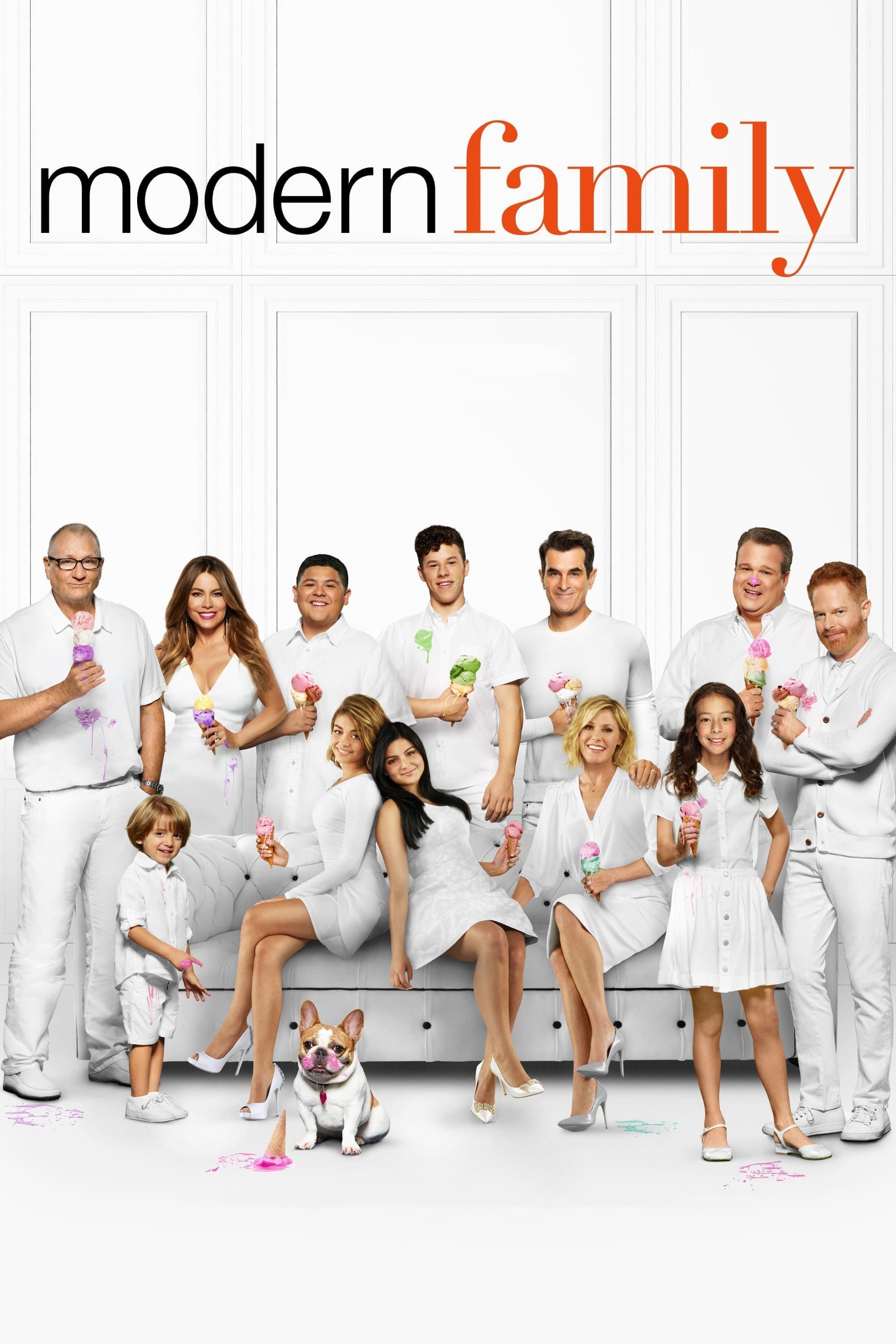
- Release Date
-
September 23, 2009
- Seasons
-
11
- Website
-
- Studio
-
4
Conflicting Origin Stories
’30 Rock’ (2006-2013)
Liz Lemon’s (Tina Fey) friendship with Jenna Maroney (Jane Krakowski) was one of the very best parts of 30 Rock. Although the two often got into fights due to Jenna’s vanity and Liz’s stubborn nature, they had a long-standing and slightly codependent close friendship. Although this relationship was a fantastic part of the show, there were multiple versions of how the two of them met.
The most popular version of this story is that Liz and Jenna met at an audition for a car dealership commercial when they were in college. There were two additional versions of this story, though. One had them meeting when Liz did the lighting for a production that Jenna was in, and one had them meeting at a bachelor party. Continuity errors aside, Liz and Jenna were friends for long enough that it didn’t really matter how they met.
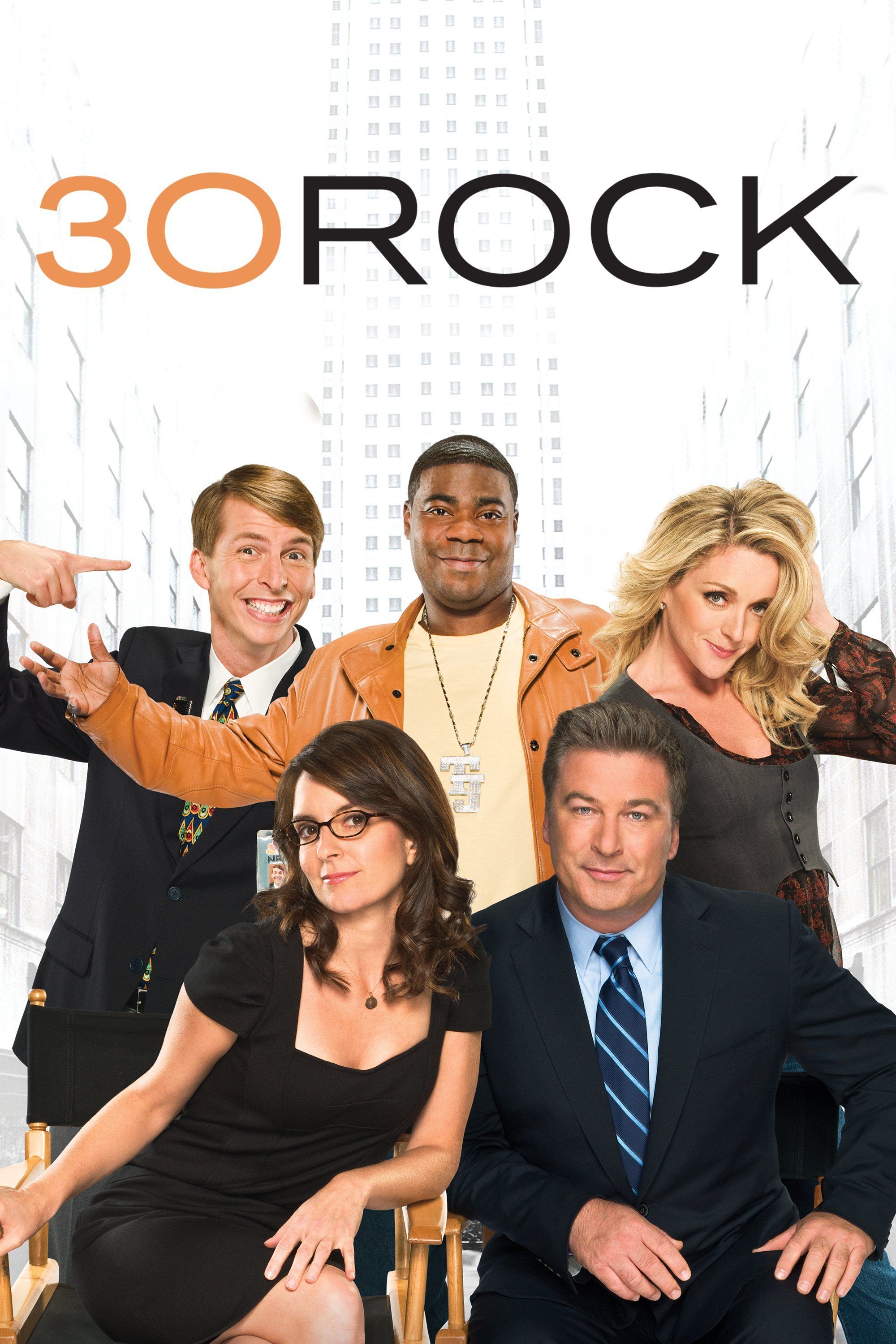
- Release Date
-
October 11, 2006
- Seasons
-
7
- Studio
-
3
A Major Retcon
‘It’s Always Sunny in Philadelphia’ (2005-)
One of the best parts of It’s Always Sunny in Philadelphia is the extensive lore from the main characters’ pasts, dating long before the start of the show. A great deal of these stories come from Dennis (Glenn Howerton), Mac (Rob McElhenney), Charlie (Charlie Day), and Dee’s (Kaitlin Olson) high school years. In the Season 5 episode, “The Waitress is Getting Married,” it was revealed that The Waitress went to high school with them as well.
Although this twist later made for some very entertaining plotlines, it has never really made sense within the world of the show. It felt like too much of a retcon that Charlie was in love with her since high school. Before Season 5, it seemed like he’d always known her as a coffee shop waitress, hence why he and the rest of the gang called her by that title. Additionally, in Season 1, it was implied that Charlie had only been in love with her since meeting her at the coffee shop. The show got around these plotholes by hilariously declaring her to be forgettable, but it is still a bit confusing.

Its Always Sunny in Philadelphia
- Release Date
-
August 4, 2005
- Main Genre
-
Comedy
- Seasons
-
16
- Studio
-
FX
WATCH ON HULU
2
Changing a Main Character’s Age So Late in the Show
Community was an extremely inventive and creative show, but it started out as a simple sitcom about a lawyer who faked his college degree. Community became more of an ensemble show soon enough, focusing on each member of the study group, as well as their bond as a whole. Jeff Winger (Joel McHale) was always the main character, though. That’s part of why the retcon surrounding this character in later seasons was so off-putting.
Jeff’s age was never outright stated, but it was shown through a number of clues. The main one of these was Jeff’s audition tape for The Real World that Annie found in Season 2. It took place in 1997, and Jeff said that he was 19 when he filmed it. In the Season 5 episode, “G.I. Jeff,” the show retconned Jeff’s age to be four years older than he actually was. Jeff should have been turning 36, but the plotline surrounded his 40th birthday.
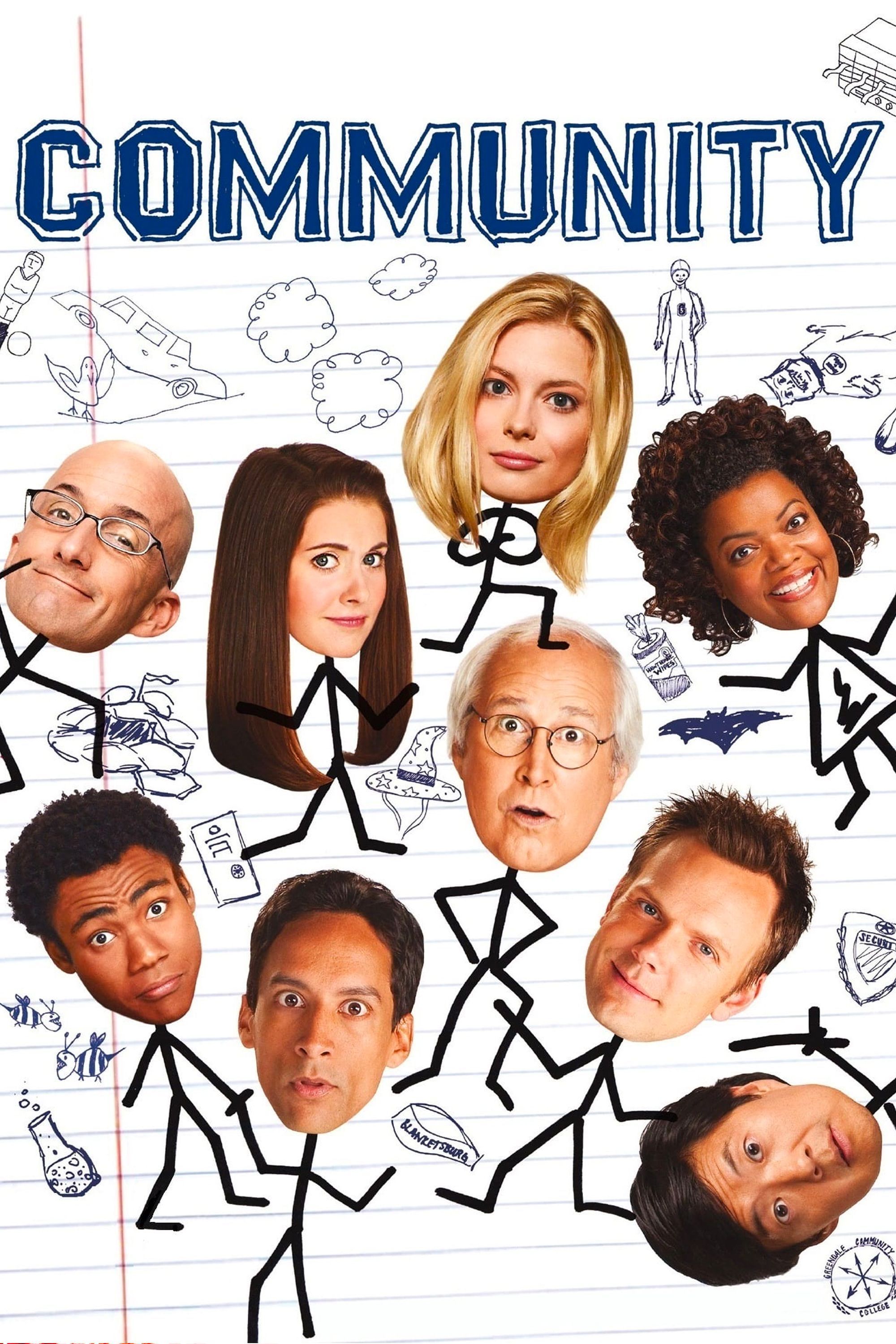
- Release Date
-
September 17, 2009
- Main Genre
-
Comedy
- Seasons
-
6
- Studio
-
1
A Finale That Still Makes No Sense
‘How I Met Your Mother’ (2005-2014)
There are a number of continuity errors in How I Met Your Mother, many of which are realistic when considering that the whole show is told through Ted’s memories in the future. That being said, there were still some big ones, like that Marshall’s family wasn’t seen attending his wedding. There was no greater flaw about the show than its extremely disappointing ending, though.
The ending of How I Met Your Mother was infuriating for Robin and Barney’s divorce, Tracy dying after the entire show built up to the introduction of her character, and Ted pursuing Robin once again. Beyond the upsetting aspects of this ending, it just didn’t make any sense. Each rewatch of How I Met Your Mother shows how obvious it was that Ted and Robin were not a good fit for each other. It was one of the central themes of the series that How I Met Your Mother emphasized a number of times, even though it didn’t follow through on this.


